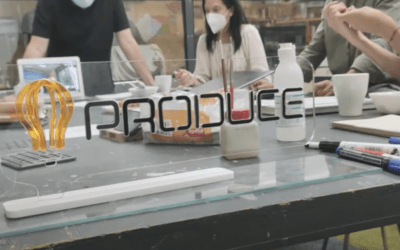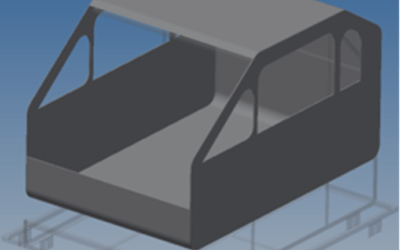Authors:
- Veronika Krauß (Fraunhofer Institute for Applied Information Technology FIT; Sankt Augustin, Germany / Verbraucherinformatik Research Group, University of Siegen; Siegen, Germany)
- Alexander Boden (Fraunhofer Institute for Applied Information Technology FIT; Sankt Augustin, Germany / Institut für Verbraucherinformatik, Bonn-Rhein Sieg University of Applied Science; Sankt Augustin, Germany)
- Leif Oppermann (Fraunhofer Institute for Applied Information Technology FIT; Sankt Augustin, Germany)
- René Reiners (Fraunhofer Institute for Applied Information Technology FIT; Sankt Augustin, Germany)
Abstract:
Augmented/Virtual Reality (AR/VR) is still a fragmented space to design for due to the rapidly evolving hardware, the interdisciplinarity of teams, and a lack of standards and best practices. We interviewed 26 professional AR/VR designers and developers to shed light on their tasks, approaches, tools, and challenges. Based on their work and the artifacts they generated, we found that AR/VR application creators fulfill four roles: concept developers, interaction designers, content authors, and technical developers. One person often incorporates multiple roles and faces a variety of challenges during the design process from the initial contextual analysis to the deployment. From analysis of their tool sets, methods, and artifacts, we describe critical key challenges. Finally, we discuss the importance of prototyping for the communication in AR/VR development teams and highlight design implications for future tools to create a more usable AR/VR tool chain.
Conference/ Journal reference:
CHI ’21, May 8–13, 2021, Yokohama, Japan
Access to publication here.



